If you're a plant enthusiast, you may have heard of dracaena. This plant is known for its striking appearance and low maintenance care.
But, there may be some confusion about whether dracaena is a succulent or not.

In this article, you'll clear up this common confusion and gather all the information you need to know about dracaena.
Succulents are plants that store water in their leaves, stems, or roots.
They're known for their ability to thrive in dry environments and require minimal watering.
And while dracaena does have some similarities to succulents, it's not technically classified as one.
In fact, it is a member of the Asparagaceae family, which includes other popular houseplants such as the snake plant and the Madagascar dragon tree.
What is Dracaena?
If you are wondering whether dracaena is a succulent or not, you first need to understand what a dracaena is.
Dracaena plants originate in a few Atlantic Ocean archipelagos and North Africa.
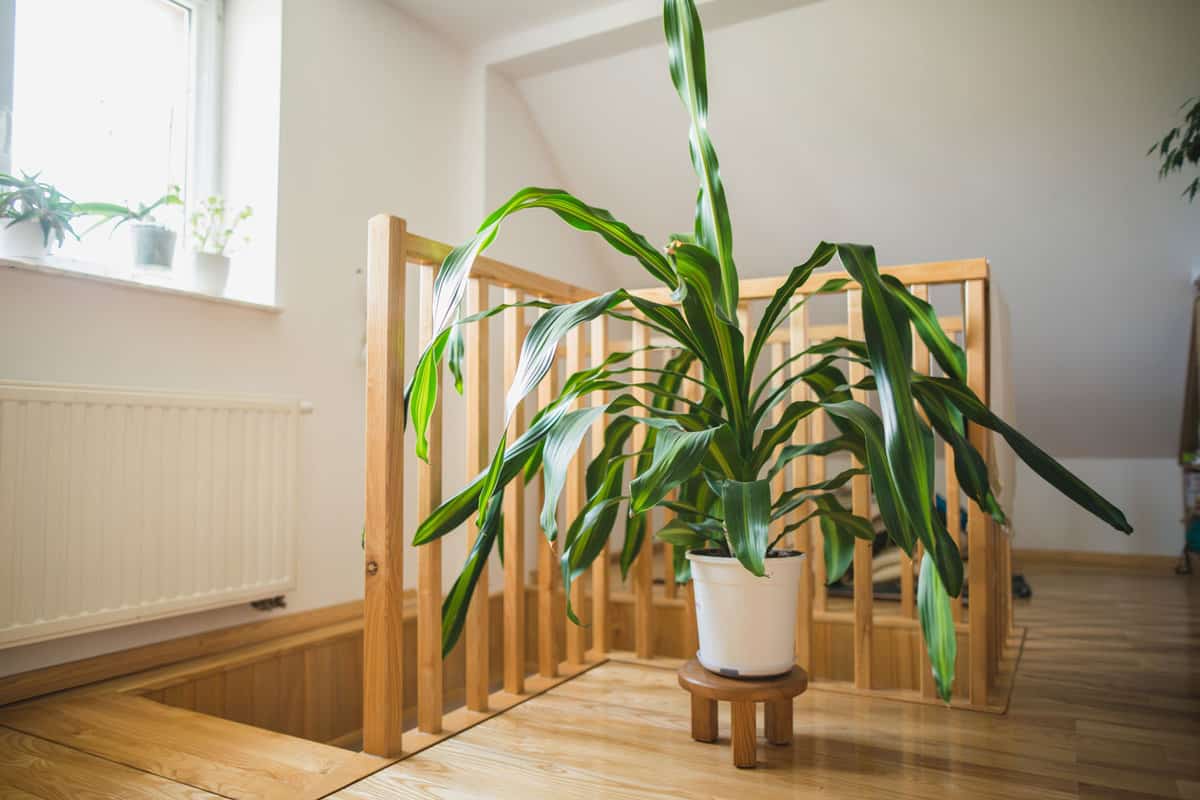
Dracaena plants are popular houseplants because they are easy to care for and can tolerate a wide range of growing conditions.
They are also known for their attractive foliage, which comes in a variety of colors and patterns.
Dracaena, with a scientific name, Dracaena spp. includes over 100 species (nature pretty much never ends!) but some of the most common ones include:
- Dracaena fragrans (corn plant)
- Dracaena marginata (dragon tree)
- Dracaena reflexa (song of India)
- Dracaena sanderiana (lucky bamboo)
Is Dracaena a Succulent?
If you're wondering whether or not dracaena is a succulent, the answer is no.
Dracaena plants are not succulents, but they do have some similarities.
Firstly, dracaena plants are drought-tolerant, which means they can go for long periods without water.
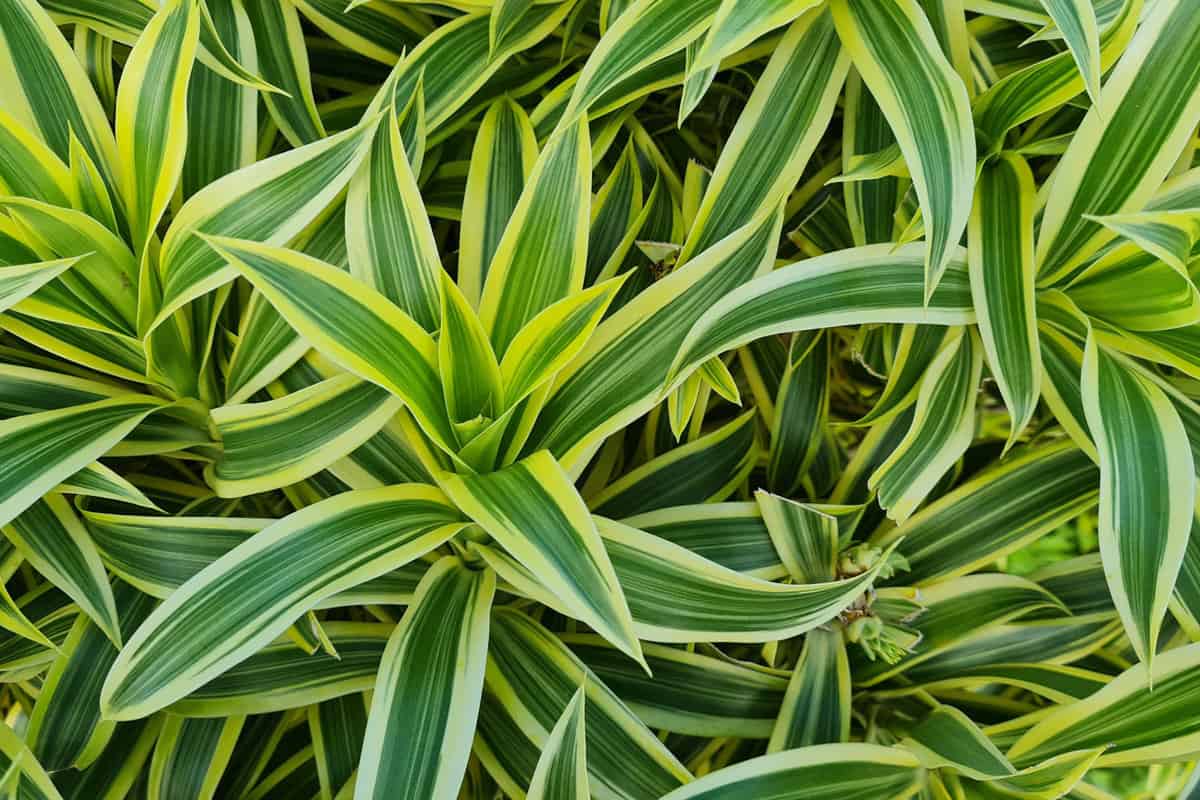
This is a characteristic that is also common in succulents. However, unlike succulents, dracaena plants do not store water in their leaves or stems.
Another similarity between dracaena and succulents is that they are both low-maintenance plants.
They can thrive in a variety of lighting conditions, and they do not require frequent watering or fertilizing.
Related Post: Indoor Succulent Garden Ideas
Common Confusions About Dracaena
Despite its popularity as a houseplant, dracaena is often misunderstood.
Dracaena vs. Succulents
Succulents are plants that store water in their leaves, stems, or roots to survive in arid environments.
Dracaena, on the other hand, is a tropical plant that prefers moist soil and humid conditions.
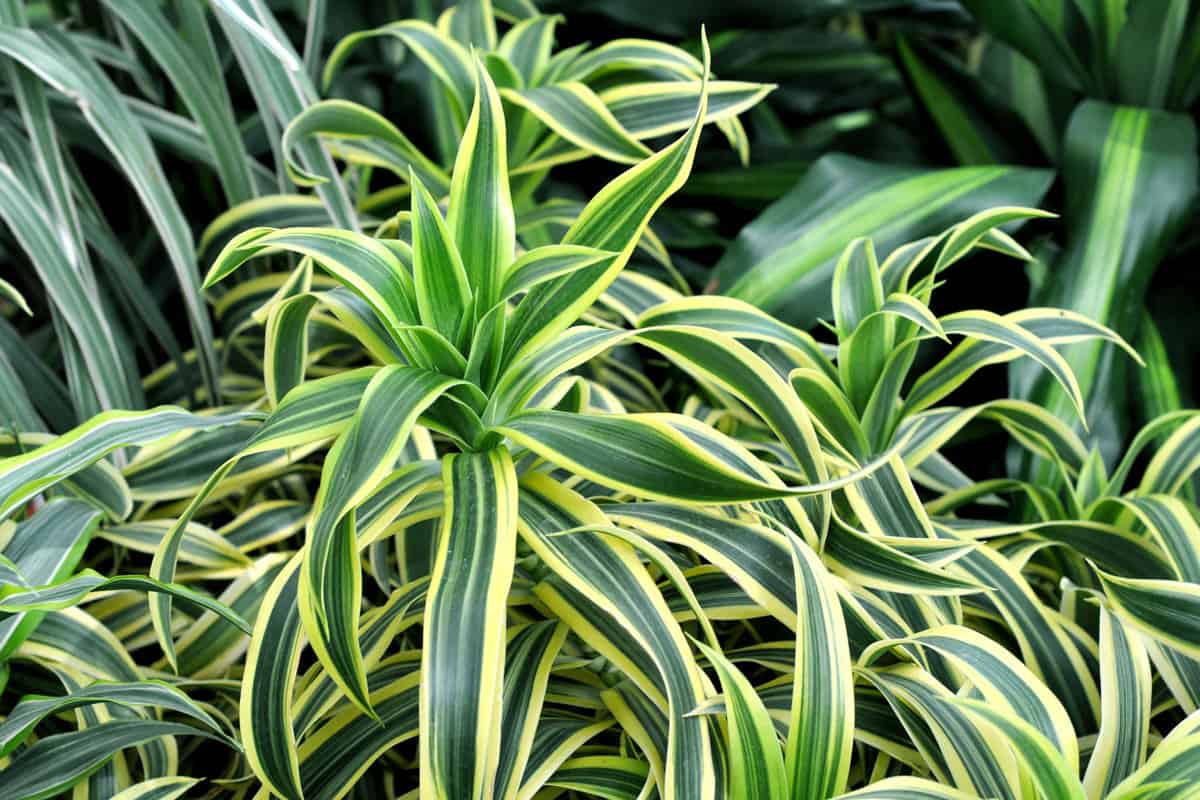
While some dracaena species have thick, fleshy stems or leaves, they do not store water in the same way that true succulents do.
Dracaena Watering Misconceptions
Another common confusion about dracaena is how to water it properly.
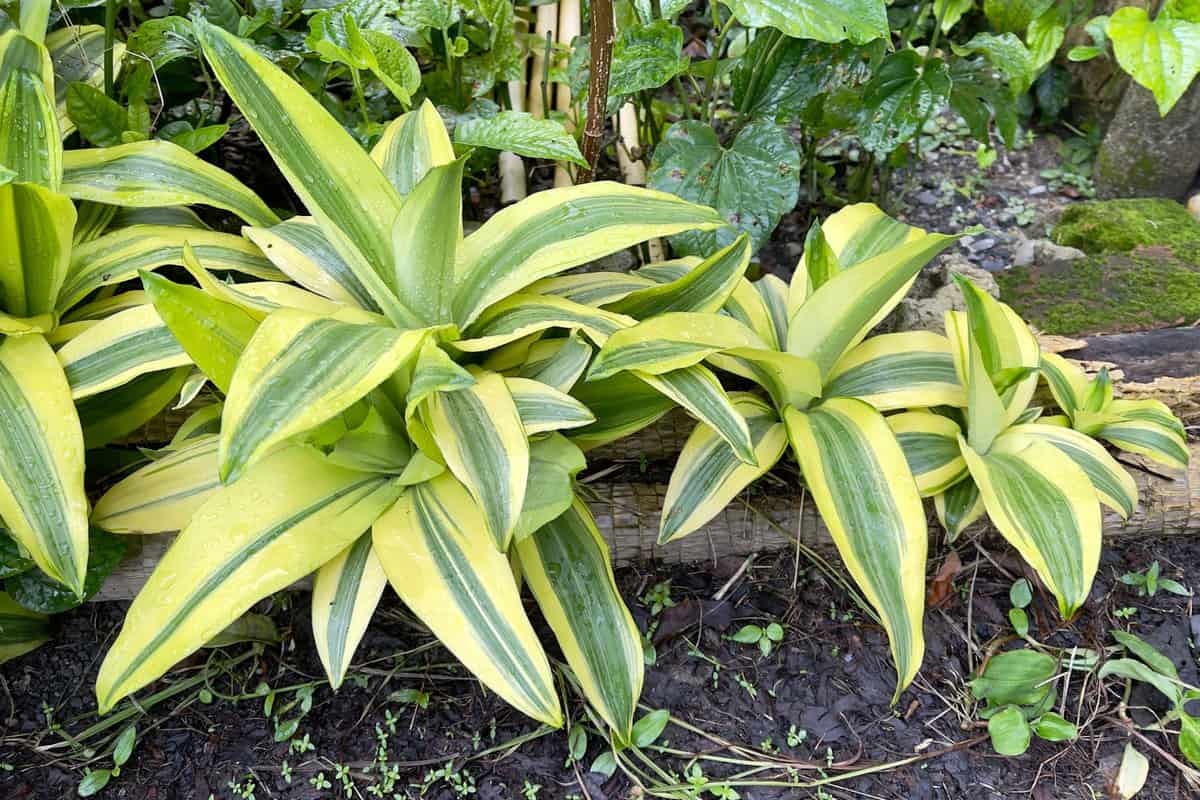
Some people believe that dracaena should be watered only when the soil is completely dry, like a succulent.
However, this is not true.
While dracaena can tolerate some drought, it prefers consistently moist soil.
Water your dracaena when the top inch of soil feels dry to the touch, and be sure to use a well-draining potting mix to prevent waterlogged soil.
Related Post: Why Is My Dragon Tree Dying? [With Tips On What To Do About It]
Dracaena's Growth Patterns
Unlike succulents, dracaena grows upright and can reach up to 6 feet tall.
It has long, narrow leaves that come in various shades of green, yellow, and even red.
Dracaena is a slow-growing plant, and it can take several years to reach its maximum height.
Ideal Conditions for Dracaena
Dracaena also benefits from occasional misting to increase humidity around the plant.
Here are some ideal conditions for dracaena:
- Soil: Well-draining soil with a pH range of 6.0-6.5
- Light: Bright, indirect light
- Watering: Allow soil to dry out between watering
- Humidity: Moderate to high humidity
- Temperature: 60-70°F
How to Plant Dracaena
When planting Dracaena, choose the right pot and soil.
The pot should have drainage holes to prevent water from accumulating at the bottom.
Dracaena prefers well-draining soil that is rich in organic matter.
You can mix peat moss, perlite, and sand to create a suitable potting mix.
Here are some steps to plant dracaena:
- Choose a pot with drainage holes.
- Fill the pot with well-draining soil.
- Gently remove the plant from its current pot.
- Loosen the roots and remove any dead or damaged roots.
- Place the plant in the new pot and backfill with soil.
- Water the plant thoroughly and let the soil drain.
Read more: How Much Peat Moss To Add To Potting Soil?
Dracaena Plant Care
Taking care of your dracaena plant is relatively easy. Practice these tips to ensure your plant stays healthy and happy:
Watering
Dracaena plants have low water requirements, so be sure not to overwater them.
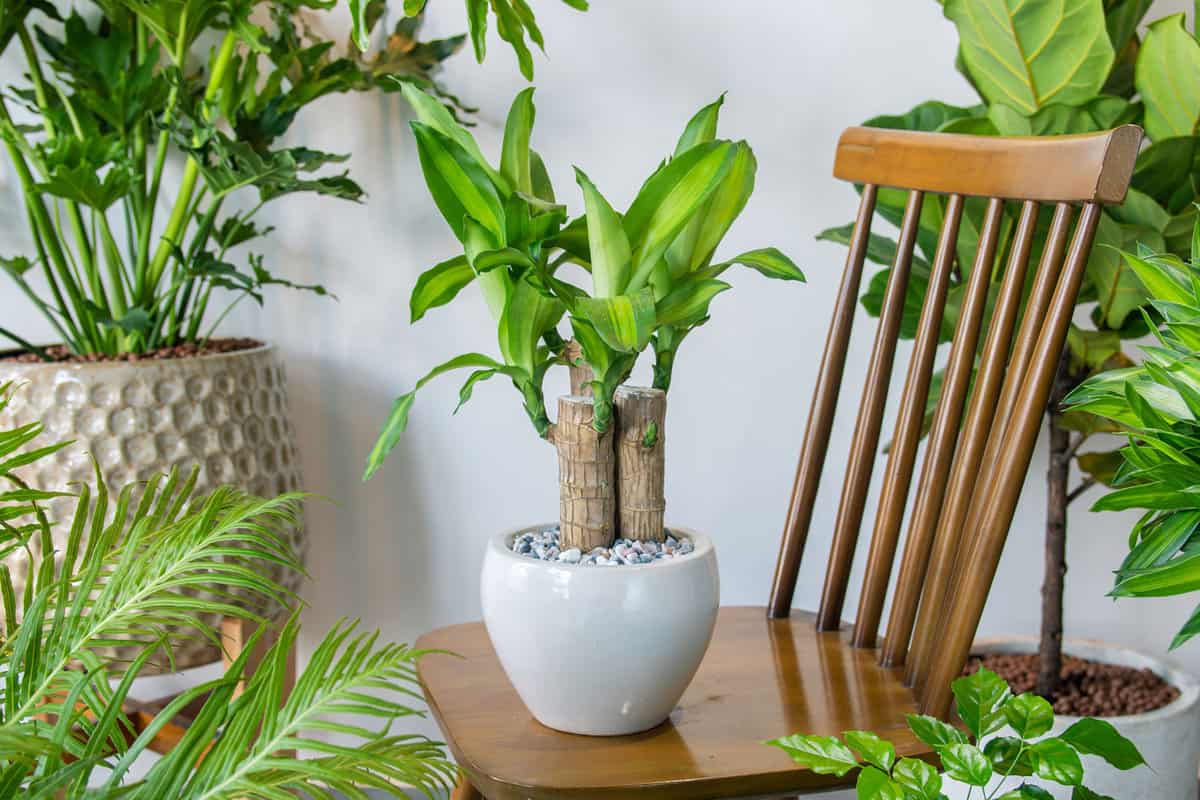
Water your plant once a week during the active growing season, allowing excess water to drain through the pot into a tray or basin beneath.
In the dormant winter period, allow the soil to dry out a bit more between watering.
Lighting
Dracaena plants can tolerate a range of lighting conditions, from low light to bright, indirect light.
Bright, indirect light is ideal for variegated dracaena varieties.
Avoid placing your Dracaena in direct sunlight, as it can scorch the leaves.
Pruning
Prune your dracaena plant to maintain its shape and size.
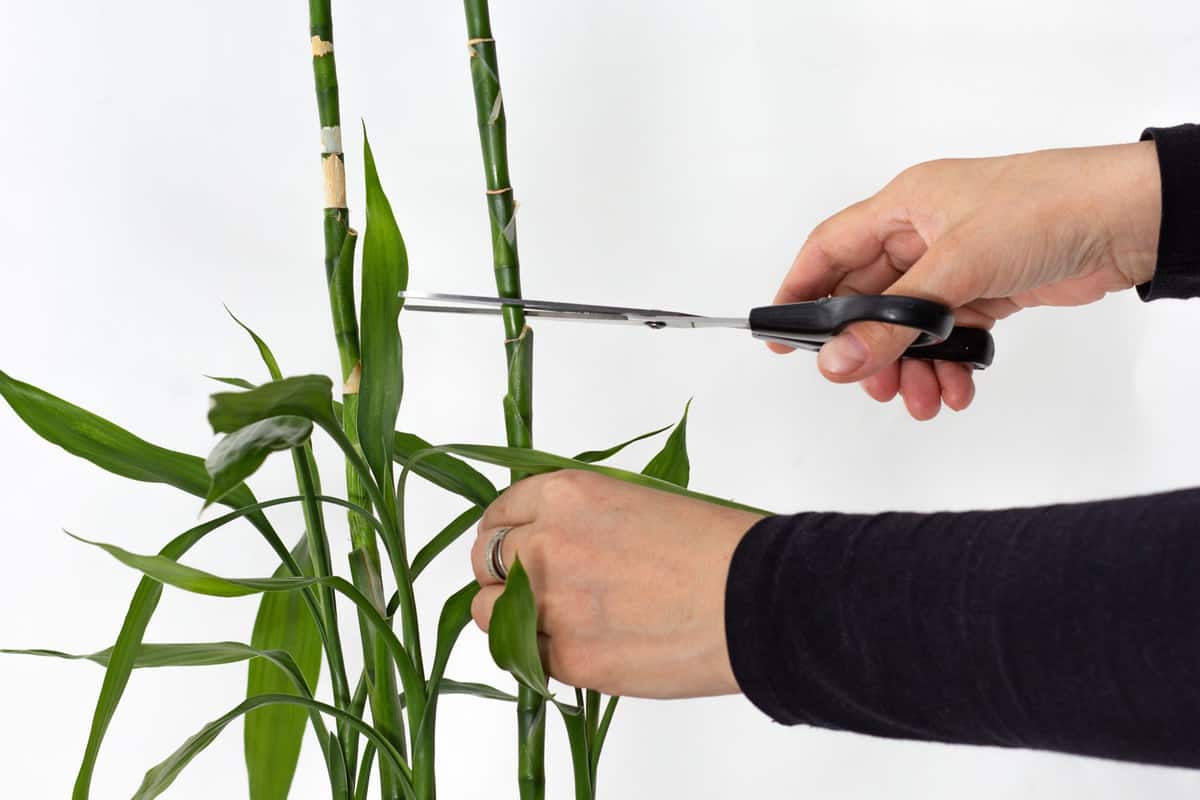
Cut back any yellow or brown leaves, as they are a sign of overwatering or underwatering.
Use clean, sharp pruning shears to avoid damaging the plant.
Final Thoughts
Dracaena isn't a succulent, but it's easy to care for and adds elegance to any room.
Water it every 10-14 days, and address any issues promptly.
With many varieties to choose from, it's a great choice for your indoor garden.
